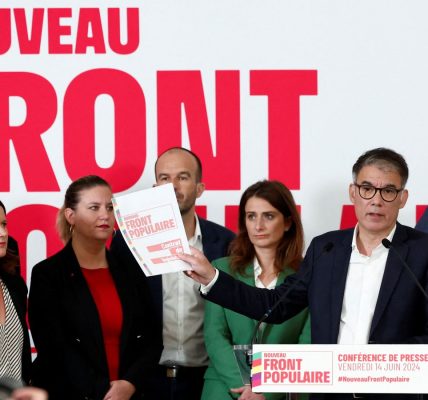Football is a truly global game, and with such a globalised, interdependent and integrated sport comes the financial power of the biggest and best sports clubs and leagues in the world. However, with Owners, CEO’s and Boards of Directors who control the money, the smallest pawns in this game of financial chess are actually the most important pieces on the board – The Players. Footballers dictate the success of a team; their performances directly influence a club’s economic status, and they are, more importantly, assets with a liquid value. This means that the top clubs are on the hunt for the best talent they can find, and the transfer market (where players can be bought and sold between clubs) is booming and overflowing with money. In 2023, Premier League (England’s top league and the biggest league in the world) clubs spent a record £2.36 billion on player transfers. So how do these transfers work and what are the mechanics behind the financials of these deals?
Firstly, for non-football fans, it is important to explain how deals and transfers work. Once a club starts negotiating with another club for a player’s services and agrees personal terms with the player, and agrees a fee for which it will pay the selling club the transfer can commence. Transfers are often large sums of money paid in instalments over a period of time.
Even though we hear of record revenues and soaring commercial and broadcast incomes for clubs, actual cash is really hard to come by. This is because inside of a club all of its value is generated in its players and its assets with these players being very illiquid assets, meaning they cannot be sold easily. So what happens when a cashless club needs a new left back? In steps the company, Twenty-Three Capital. Twenty-Three Capital is a London based specialist capital, solutions and advisory boutique financier that specialises in the sports sector. What TTC is able to do, is to allow the selling club to receive all of its agreed transfer fee up front and it allows the buying club to pay for the transfer in small increments at a lower interest rate (than another short-term loan company, such as a bridging institution) obviously so the company can make a profit for providing this facility.
These financial mechanisms are often used by clubs to retain cash on the balance sheet for non-football activities, such as staff, utilities and commercial spending. However this system can be particularly prudent if a club has to pay a release clause. A release clause is a clause in a player’s contract that sets out a pre-determined transfer fee and states that a club must meet this fee if they are to leave, with them often having to be paid in full. As I mentioned, cash is very hard to come by and with release clauses expected to be paid in full up-front serves the exact purpose Twenty-Three Capital are there to provide.
An example of this would be the case of Joao Felix’s move to Atletico Madrid from Benfica and Antoine Griezmann’s move from Atletico Madrid to Barcelona (if it hasn’t already become apparent, release clauses are required in Spanish football). Their release clauses were triggered, and Twenty-Three Capital provided the cash to both of these teams to pay for the release clause outright and complete the signing of the players.
So, as the game of football continues to grow and with it the revenues the clubs are generating (for context, the Deloitte Money League, an index that tracks the revenues of the biggest clubs in the world reports that Real Madrid made $831 million last year) will these mechanisms and Twenty Three Capital have to adapt to self-sustaining clubs with enough cash in the bank to fund the creation of a super team or will it continue the important role of financing the biggest deals in sports and being the merchant of the beautiful game and what will the impact be on the wider football economy?






